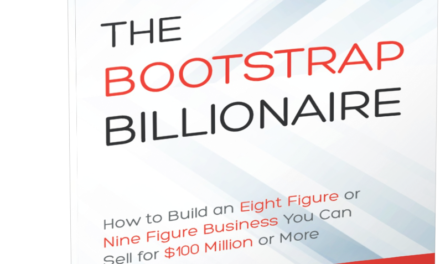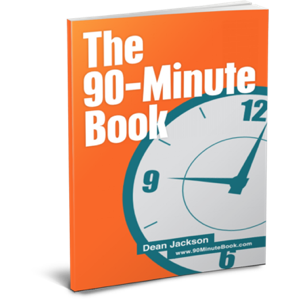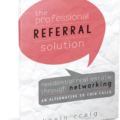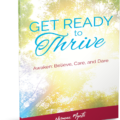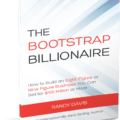It is common for clients to come to us here to reuse content that had been posted on other mediums and use that content for their 90-minute book. In this blog post, we will briefly discuss content repurposing. For the podcast episode, click here
What is Content Repurposing
Content repurposing, or content recycling as it is sometimes called, is reusing existing content and transferring it to another platform to expand your reach and digital footprint.
Why repurpose content?
There is the notion that repurposed content is quicker. As it is content that has already been compiled and verified.
The other reason for repurposing is for the scenarios where the content has been well received on the platforms from which it was released.
However, most people don’t consider that the content may have only been received so well because of the medium where it was released. In some cases, recycling content will cause you more stress than it is worth.
In the back of your head, you should always remember the book’s purpose; it is a lead-generation tool used to uncover leads.
In the 90-minute book context, there are 3 main ways that content is repurposed. By recycling, reusing and recording.
Recycle
When we speak of recycling content, we are talking about taking content as is, whether it be multiple blog posts, webinars or infographics.
We get clients who wish to recycle their previous content and just put it as is in the book.
This approach is difficult and discouraged because of 3 factors
The intent is different
When hosting a webinar or writing a blog post, you intend to close or make a sale. Making the intent different from the book. The two are at opposing ends of the sales funnel. The book is less about closing and more about starting the conversation.
The Language is different.
As mentioned above, they are at opposing ends of the sales funnel, so the language will naturally differ. The book will feel like a call to action, which will be a deterrent, instead of just feeling like a giveaway.
The approach is different.
The approach is a combination of intent and language. The book model is conversational, following a Question and Answer format. Blog posts and webinars follow a different format.
Reuse
The context of Reuse we are using here is where we assess the already available assets and what needs to be added to make the process more valuable.
Record
This is the method we recommend here at 90-minute books. We help you create an outline of your book and then record it. In certain cases, we might draw upon past content but only to mold the outline and narrative.
Conclusion
With all this said, whatever method you choose, here at 90-minute books, we will do our best to produce the best lead-generation tool possible to help you uncover the invisible leads in your industry. When you are ready to begin your journey with us, you can find us at https://www.90minutebooks.com/get-started




